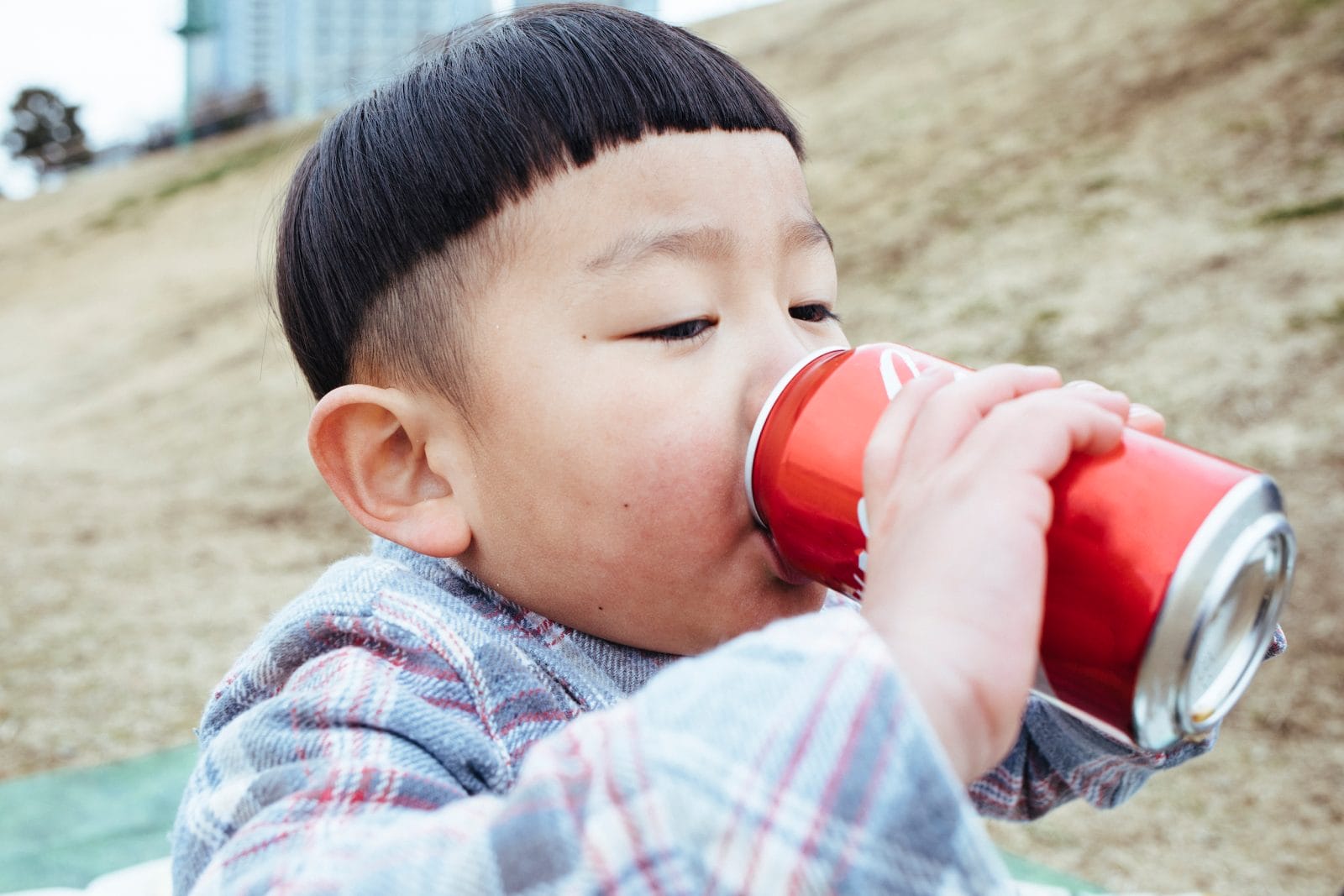Pediatricians are calling for a soda tax—what parents need to know

The AAP is joining the American Heart Association in calling for a tax on soda, as well as other proposed policies for federal, state, and local lawmakers to reduce the amount of sugar America's kids are consuming.
The other day I asked my 3-year-old what he wanted for dinner and he had one word for me: “Coke.” I laughed pretty hard at that one (and suggested actual food instead) but according to the American Academy of Pediatrics (AAP), kids’ consumption of calorie-laden sodas isn’t funny, it’s actually alarming.
The AAP is joining the American Heart Association in calling for a tax on soda, as well as other proposed policies for federal, state, and local lawmakers to reduce the amount of sugar America’s kids are consuming.
The AAP’s new policy statement, “Public Policies to Reduce Sugary Drink Consumption in Children and Adolescents,” recommends taxing soda, limiting the marketing of sugary drinks to children, and making healthier beverages more financially attractive to parents.
While current guidelines suggest kids get fewer than 10% of their daily calories from added sugars, research shows kids get about 17% of their calories from added sugars, with about half of those coming from soda and other sugary drinks, the AAP notes.”On average, children are consuming over 30 gallons of sugary drinks every year. This is enough to fill a bathtub, and it doesn’t even include added sugars from food,” says Dr. Natalie Muth, the lead author of the new joint policy statement.
“As a pediatrician, I am concerned that these sweetened drinks pose real—and preventable—risks to our children’s health, including tooth decay, diabetes, obesity and heart disease. We need broad public policy solutions to reduce children’s access to cheap sugary drinks,” says Muth.
The tax Muth and her colleagues are recommending is an excise tax, defined as a “tax imposed on product manufacturers or distributors” rather than a sales tax, although excise taxes typically do result in consumers paying more at the cash register.
Sugary drinks are already taxed this way in some parts of the country. Berkeley, Philadelphia, Seattle, San Francisco, Albany and Oakland are taxing these beverages and funneling the revenue into public health, nutrition and other community programs. “Communities have started tackling this problem with creative solutions, showing that we can work together to make healthy options more available and less expensive to buy,” says Dr. Muth.
Philadelphia’s Beverage Tax was introduced in 2017 and has been the subject of several studies, as Philly.com reporter Laura McCrystal explained earlier this week. “Since the tax on soda and other sweetened beverages took effect to fund pre-K, community schools, and improvements to parks, recreation centers, and libraries, study results have been varied. Those paid for by the beverage industry have concluded that the tax hurts businesses, but research funded by supporters of the tax has suggested that there is no adverse economic effect,” McCrystal wrote.
But some of the research done on Philly’s beverage tax was focused more on the potential impact it is having on human bodies, rather than the economy. A study published in the American Journal of Preventive Medicine found that within two months of the tax taking effect, people in Philadelphia were 40% less likely to reach for soda than residents in other cities that don’t have the tax.
But parents don’t have to wait for more studies in Philly, or for other local governments to decide to tax sugar-filled beverages, to start making a difference now. We can make the changes in our own homes first, by offering water most often and serving milk instead of pop or fruit juice.
It’s important to note that the AAP isn’t just talking about soda when it references “sweetened beverages.” While juices and juice-based drinks often seem more healthy, many have so much sugar that they would be included in a sugary beverage tax. The AAP recommends no fruit juice for babies under a year old, and “no more than 4 ounces of 100% fruit juice a day for children ages 1 through 3 years; 4 to 6 ounces for children ages 4 through 6; and 8 ounces for children ages 7 through 14.”





































